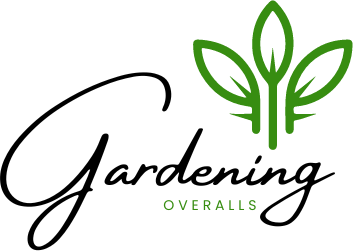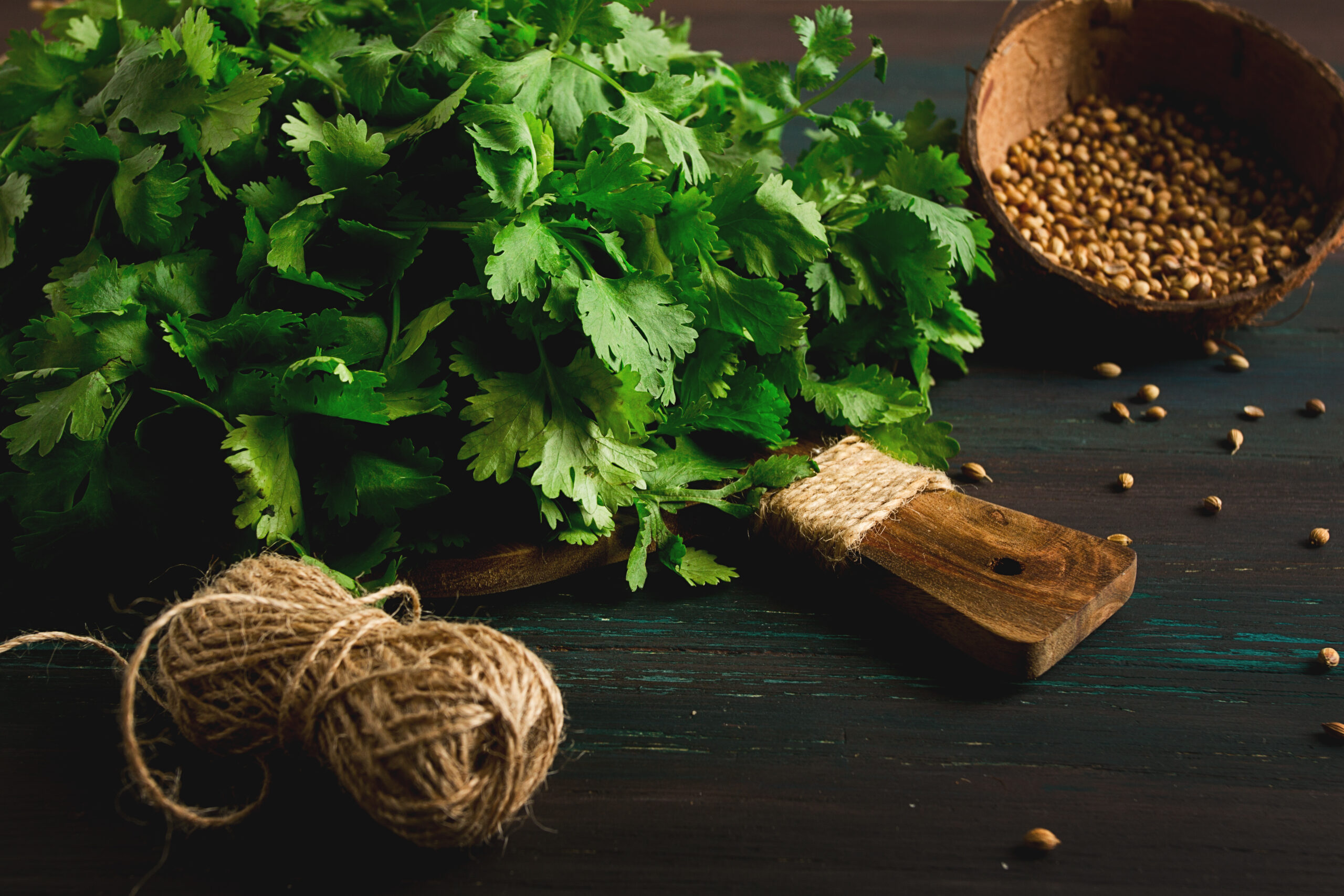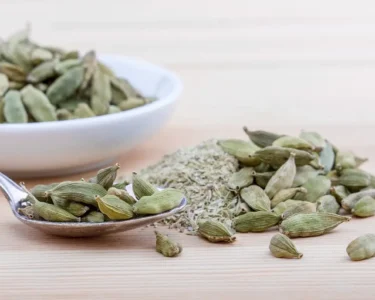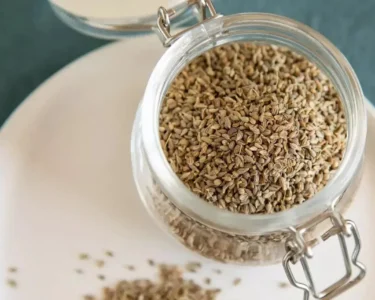Coriander powder is known for its flavorful aroma and its culinary variety. It is a vital kitchen ingredient allover the world.. It is a very popular ingredient in Australia, South America, and North America where it plays an important part in regional Mexican and New Mexican cuisines.
Why not further develop this love of yours by establishing coriander plants in your container or garden and then using their seeds to make homemade spice blends?
In this article, we’ll explore the journey of coriander from seeds to spices further by first making coriander powder, and then getting into how to grow coriander plants from seeds in pots or gardens.
How to Make Toasted Coriander Powder
Similar to the zeera, we begin by putting the pan on the stove. The difference is that you’ll start off with medium temperature, not high, as coriander seeds require longer to cook and you want a consistent roast with no burned parts.
Then, grab the coriander seeds and put them in the pan. Cook the seeds in dry heat until color shifts and the seeds start smell like roasted. Discard them onto an additional dish or plate to cool.
Once they’re close to ambient temperature, grind them into in a fine powder using grinder. How fine or coarse you’d like to make it is up to you. Keep in mind that since the seeds are larger and more durable, it might need a bit of extra grinding to achieve the fineness you want.
Storing Roasted Coriander Powder
I prefer to store it until I can use it within three months, however you can extend it a bit further also. Make sure you do the following:
1.) Keep in an airtight container
2.) Keep the jar in an area that is cool and dry (not in your refrigerator!)
3.) Never store a soiled utensil in the spice jar.
Nutritional Value of Coriander Powder
- It is enriched with vital vitamins such as Vitamin A and C as well as K, and minerals such as manganese, iron folate, potassium and manganese. It also has a variety of antioxidants as well as volatile oils like linalool camphene, a-pinene and terpene.
- Coriander has a significant role to play in the treatment of many ailments like inflammation, arthritis, pain headaches, allergies, hyperglycaemia and anaemia as well as skin disorders, heart issues and even reduces the possibility of cancer.
- An essential oil component known as Citronellol is a different amazing ingredient Coriander has that help combats harmful microbes and heals uncomfortable mouth ulcers. The anti-inflammatory properties assist your bones heal themselves faster and guard against loss of bone and low bone mass.
- A few drops of coriander juice into the eyes eases eye strain and stress and helps to eliminate the eye infection. Coriander leaves are also stuffed with high levels of beta-carotene that is thought to be strong enough to counteract the effects of deterioration in vision for older people. Many eye care products utilize coriander oil as the main ingredient to provide antimicrobial properties.
- The application of coriander powder on the area affected can accelerate healing of wounds and treat pimples and acne and can also stop breakouts from happening again.
The dried, roasted seeds remain zingy and citrusy flavor that goes beautifully with lime juice and can brighten food items that are sweet or savory. Perhaps that’s why it’s considered to be one of the first recorded spices?
How to Grow Coriander
The coriander plant (also called Cilantro in U.S) is a perennial herb with leaves and its tiny seeds are known as coriander. Coriander grows compost from spring through autumn, for an extended harvest from summer into autumn. Sow seeds at least every two weeks; water coriander plants regularly; harvest when necessary.
Soil
Coriander thrives best when grown in well-drained soil with full sun exposure. However, some shade may be beneficial during peak heat. Organic soil like compost or sheep pallet is best for seed growth. Seeds may take some time to germinate – crushing gently before sowing can speed this process up significantly.
Planting Coriander Seed
Coriander has a very long tap root, so to avoid harming it, put seeds in multi-cell trays or straight into the soil outside or in pots where they will grow. When sowing the seeds in rows. space them 30cm apart in your vegetable plot or container garden.
Sow thinly 1cm deep for best results and thin out seedlings to 25 cm spacing once they germinate after 7-20 days. Sow regularly through summer for continuous supply in winter as well as regular supplies throughout summer sowings!
How to Care for Coriander
Make sure your coriander plants receive adequate water. While you should avoid overwatering them, keeping the soil damp can prevent plants from bolting prematurely due to dry soil conditions. Feed occasionally with a liquid seaweed mix if desired but coriander does not require additional nutrients. Also be sure to regularly weed around its vicinity so as to stop competing weeds competing for space with its flowers.
Growing coriander: Protecting from insects
I made it a different heading for it as although Coriander can be grown without much difficulty but it is susceptible to insects attacks. So, just be wary that young seedlings might be consumed by slugs and snails! Protect them as much as possible.
Harvesting coriander
As needed throughout the growing season, harvest fresh coriander leaves by cutting at their base from stalks that contain flavorful oils. Don’t be put off by its flower stalks either – Coriander can be use in salads too!
Storing coriander
Store coriander seeds in an airtight container. These seeds can then be used either whole or ground into powder form. At the end of each season, cut large bunches and chop finely before freezing for use as garnish. Frozen coriander will retain its flavour when added to curries, soups or stews but may not work as effectively for garnish purposes.
How To Purchase Coriander Seeds
Actually it is easy to find coriander seeds as it is used allover the world.
You can find coriander seeds in Local gardens and nurseries in your area. You can also purchase coriander seeds online from websites such as Amazon etc.
